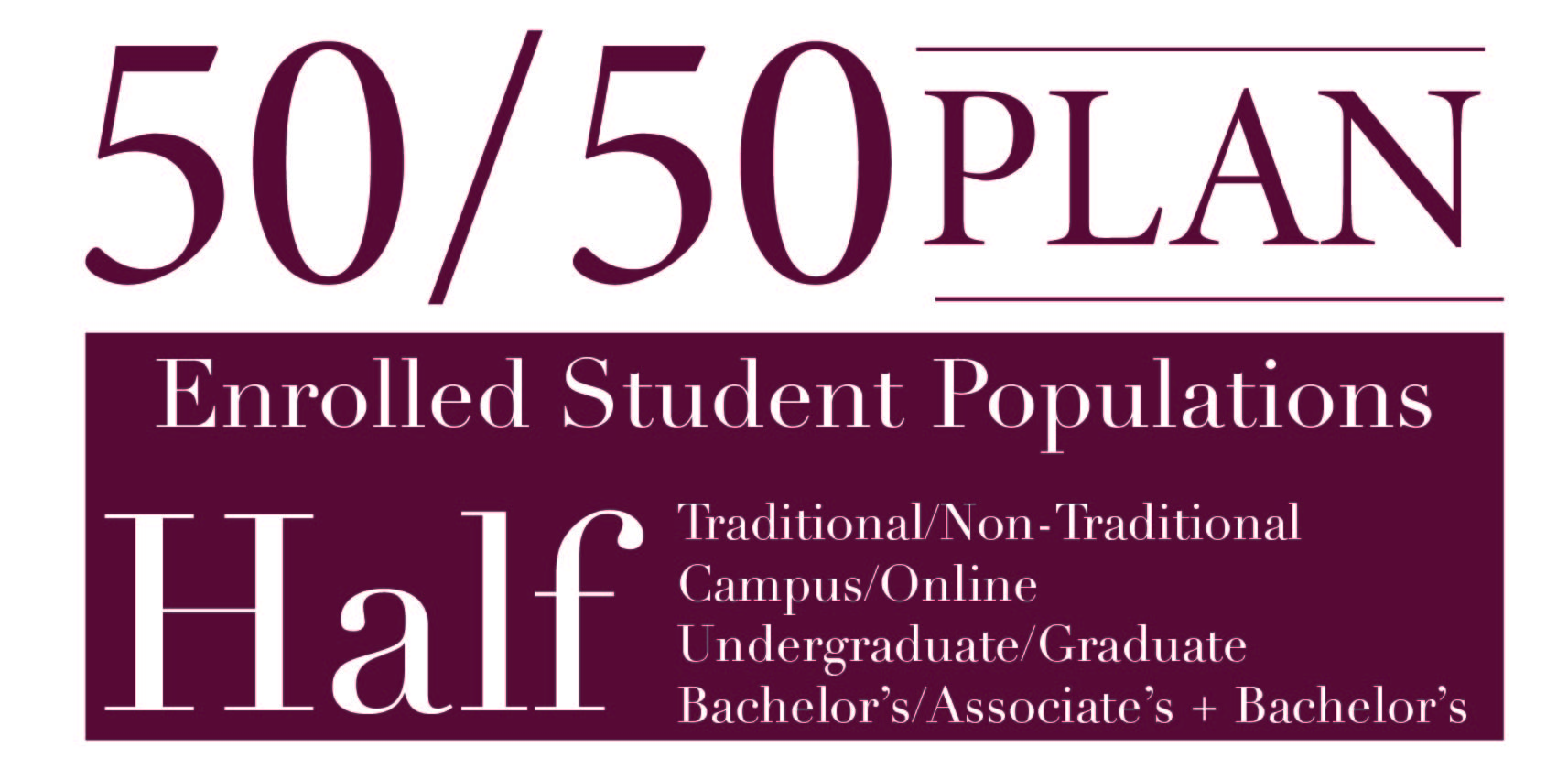
Higher education is changing remarkably in response to digitization, demographics, and increasingly diverse market forces. Smaller public and private regional universities that educate half the nation’s students will likely be challenged in the future. Those that don’t adapt will falter at least or fail at worst. Being regionally responsive is half of the equation. The other half is serving the world—a 50/50 impact.
My counsel as individuals and families select an institution for study in 2022 to seek one that responds to the changing world. Regional institutions’ real and perceived quality will rise and fall based on agility, like Studebaker’s; interesting curiosities but of diminished value.
A degree obtained from an unresponsive institution will lose value, like stock in a failing enterprise. Thankfully, the opposite is true. This reality will slightly affect flagships, such as Texas A&M University or the University of Texas, that will continue to attract about 11% of the state’s and nation’s undergraduates (2,600,000) to a traditional educational experience. The other 89% (23,636,363) may seek a more non-traditional approach, representing less than 10% of the U.S. population. Of the world’s population, even less have access to tertiary education of any kind. Regional institutions will soar or starve based on nimbleness and a willingness to innovate—to serve locally first, without apology or qualification, while simultaneously serving the world through innovative means. 50/50.
Too many universities of all stripes are notoriously adverse to change. Several 50/50 propositions for regional universities make sense and are the foundation for future strength and value.
Half traditional/half non-traditional—Traditional students typically enter college straight out of high school. Non-traditional students are older, employed full-time, with families, and often first-in-family to attend college—this demographic is growing explosively. More and more, they care less and less about football games, social clubs, five-star dormitories, gourmet food and reserved parking places. Instead, their focus is solely on the skill and insight offered by challenging educational experiences. Universities that neglect the aspirations and needs of non-traditional students lose vitality.
Half on-campus/half online—Increasingly, students are engaged in the workforce and also would like the opportunity to advance: 21st-century night scholars. To shoehorn a 35-year-old parent, employed full-time, into an on-campus experience is tone-deaf. To deny them access (through an electronic device) to a life-improving educational opportunity is shortsighted. Individual and family trajectories can be dramatically changed with access to digital educational experiences. And, I have access to 100 times the information held in the world’s largest library (the Library of Congress and its scant 170 million items) through my cell phone. (To my regret, WT still requires textbooks) There are five billion handheld devices on the planet right now. More people in the world have direct access to the Library of Congress than potable water. Unresponsive universities serve fewer and fewer students well and falter in sustaining themselves.
Half undergraduate/half graduate—As workplace knowledge and skill requirements change, the demand for graduate degrees in various specialized areas of study grows. Hidebound predispositions don’t work. “This is not your father’s Oldsmobile.” Specialized graduate offerings tailored to regional and world forces provide far-reaching opportunities for both residential and online graduate study. For example, Panhandle commerce and entrepreneurship provides economic development, pressing needs for water and energy, rural healthcare, teachers and administrators for smaller school districts, the production of food, and the sustenance of culture in small communities that are essential in an open and free society are all important and identified in WT 125: From the Panhandle to the World. Graduate study provides refreshed and useful insights on a regional basis. Contrary to common sense, regional focus swells rather than suffocates influence. As unique as the Texas Panhandle is, there are innumerable similar regions globally. To twist a Patrick Geddes phrase, good regional universities should act and think locally to serve globally.
Half earn a Bachelor’s degree while holding an Associate’s degree—The surest and best way for students interested in a bachelor’s degree to reduce indebtedness (and educational costs are beyond reach for too many) is to attend and graduate from a community college. And, don’t borrow one red cent for the two-year degree. Every course should transfer to the senior college and major of choice. Effective advising will guide appropriately. Deliberative and thoughtful movement requires universities to become aggressively transfer-friendly, seamless and cost-efficient. There should be no credit “leakage.” The marketplace pines for it, and responsive universities will answer.
University education is a lifelong investment or burden. If you don’t believe me, ask the 2.8 million Americans over 60 who are paying off student loans or the 700,000 souls having Social Security benefits garnished to pay education loans. The long-term value of a college education is as good as the long-term insight of the institution that provides it. Thoughtful, honest, transparent teamwork, digitally hybridized and mission-focused, will drive access and success for students and institutions alike.
“From the Panhandle to the World.”
Walter V. Wendler is President of West Texas A&M University. His weekly columns are available at https://walterwendler.com/.



